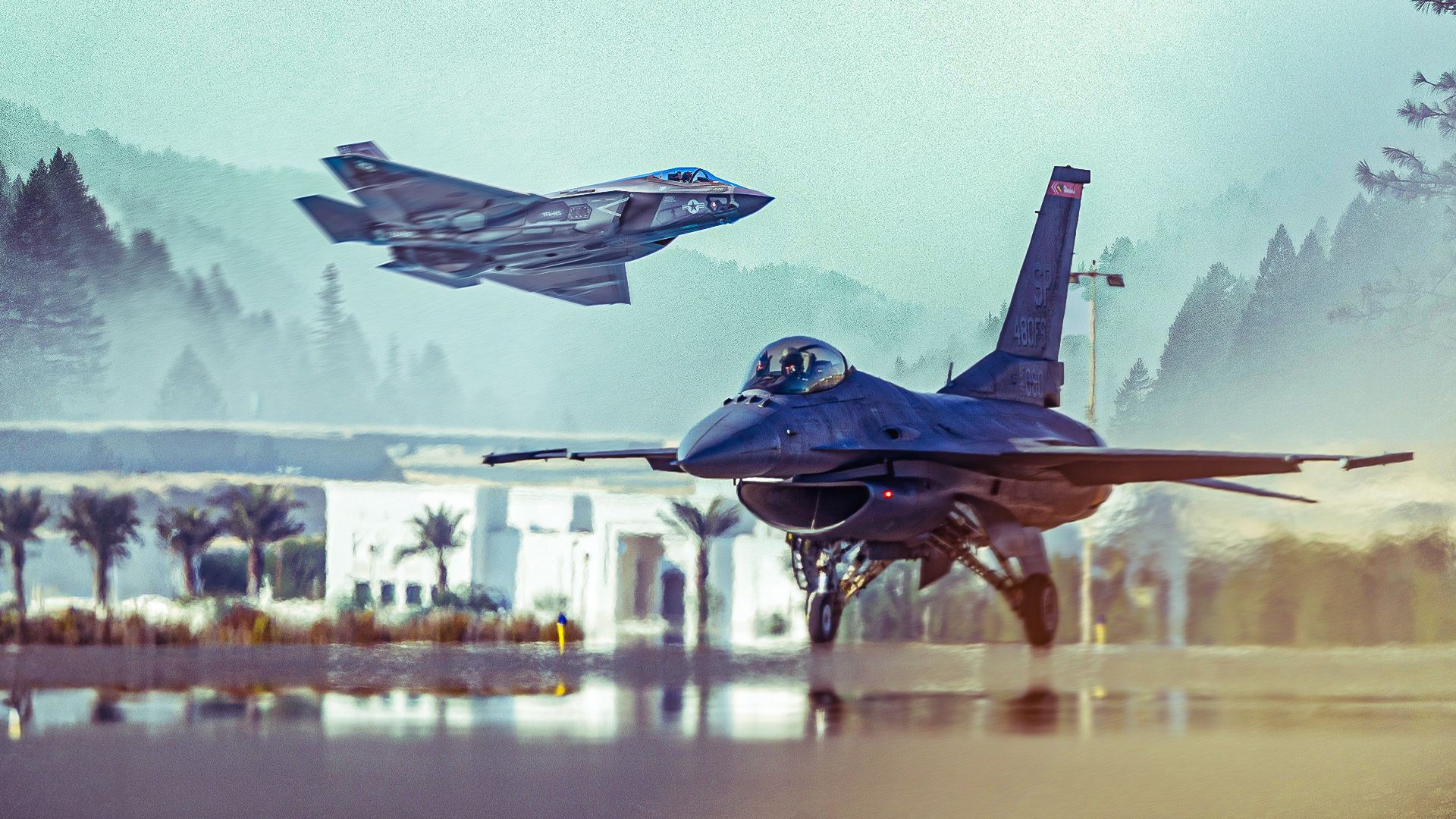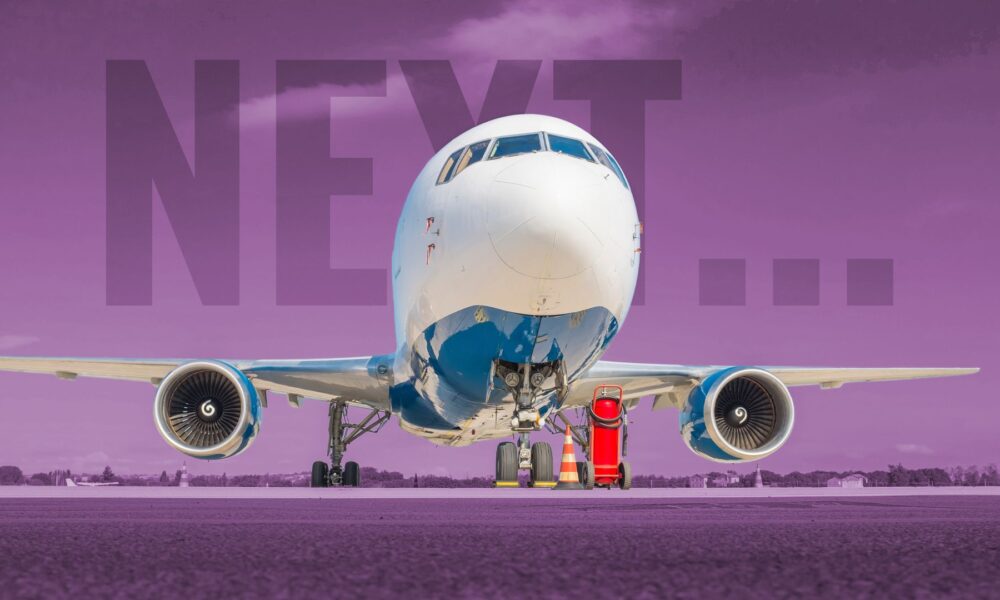As the US Air Force (USAF) transitions to the F-35 Lightning II, the retirement of the F-16 Fighting Falcon marks a significant shift in aerial combat capabilities. This transformation is not only occurring within the USAF but also among allied nations, including the United Kingdom, Italy, Norway, Australia, Japan, and Israel, all of which are integrating the Joint Strike Fighter (F-35) into their air forces. New orders from countries like Poland, Switzerland, and Greece indicate a growing trend towards adopting advanced fifth-generation aircraft.
The F-35, often referred to by its nickname “Fat Amy,” stands in stark contrast to the F-16, known as the “Viper.” A direct comparison reveals the generational differences in design philosophy and operational strategy between these aircraft. While the F-35 is supersonic, its maximum speed is lower than that of the F-16, as its design prioritizes stealth capabilities. This is achieved through its unique shape, radar-absorbent materials, and internal weapons bays, enabling operations in heavily contested airspace where the F-16 would be vulnerable.
Stealth and Advanced Technology: The F-35’s Edge
The F-35’s primary advantage over the F-16 lies in its stealth and beyond visual range (BVR) capabilities. The aircraft is engineered under the assumption that air-to-air combat will predominantly occur at long distances. Its advanced sensors allow the F-35 to detect and engage enemy aircraft long before they become aware of its presence. Despite the F-35’s advantages in technology, it does face limitations in speed and maneuverability compared to the F-16.
In contemporary military doctrine, the ability to engage in close-range dogfighting is often viewed as a failure of tactics, especially in environments where fifth-generation platforms operate. The F-16’s specifications include a thrust of 27,000 pounds, a wingspan of 32 feet, 8 inches (9.8 meters), and a maximum takeoff weight of 37,500 pounds (16,875 kilograms). Its speed reaches up to 1,500 mph (Mach 2 at altitude), and it boasts a range of over 2,002 miles (1,740 nautical miles).
In contrast, the F-35, developed by Lockheed Martin, is designed more as a multirole sensor platform rather than a single-mission fighter. It acts as a networked asset, providing critical targeting information to other aircraft and enhancing the overall lethality and survivability of the entire force.
Strategic Role and Future Implications
The F-35 is intended to be the “first-in” aircraft, capable of entering hostile airspace to gather intelligence and establish air dominance. With a payload capacity of 18,000 pounds (8,160 kilograms) and a maximum takeoff weight in the 70,000 pound class, the F-35 can adapt its munitions based on mission requirements, utilizing both internal and external capabilities.
The introduction of the F-35 also reshapes the USAF’s long-standing “high-low” fighter mix. Traditionally, the F-16 served as the “low” end, providing a cost-effective solution for less demanding missions. The F-35, while more expensive, is meant to dominate heavily defended airspace. This consolidation of mission capabilities from several fourth-generation aircraft into the F-35’s stealth package enhances survivability against modern threats, including advanced surface-to-air missiles and enemy fighters.
The F-35 program, initiated under the Joint Strike Fighter (JSF) initiative, aims to streamline logistics and maintenance across the US military branches. The commonality of the F-35 airframe allows for a shared supply chain and standardized maintenance training, even among international partners. In a ceremony on July 2, 2025, Italian Defense Minister Guido Crosetto announced plans to establish the first F-35 pilot training school outside the United States, further solidifying Italy’s role in the global F-35 program.
Despite its strategic advantages, the F-35 program has faced criticism due to significant cost overruns and delays, making it the highest-cost military program in history. The total expenditure has surpassed the historic Manhattan Project and the Boeing B-29 Superfortress, raising public concern over its affordability.
The global fleet of F-35s is set to expand significantly, with around 3,000 airframes expected to be deployed, contributing to a united deterrent against near-peer adversaries such as China and Russia. While the United States currently operates nearly two-thirds of this fleet, partner nations are ramping up their capabilities to strengthen the collective defense system.
In summary, as the F-35 becomes increasingly central to modern aerial warfare, the legacy of the F-16 will continue to inform future military strategies. The evolution of air combat will likely necessitate a greater reliance on advanced technologies, emphasizing the importance of stealth and integrated combat systems in maintaining air superiority.







